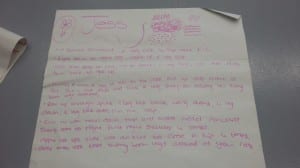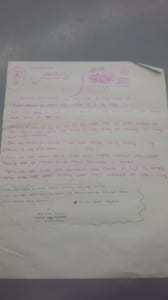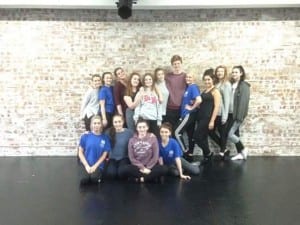Experiment with and examine the structures and modes of dance improvisation
- Looking back I think this outcome was the best for me, I took to learning new ways of improvisations quickly. in fact I think looking at all the different scores and aspects of improvisation allowed me to be more open about this style of dance, this was because it gave me a reason to dance, instead of just being told to dance on the spot without no instructions. which is what I thought improvisation was before this module.
Investigate movement from a number of starting points
- In relation to the scores in improvisation I would say that they have helped me to find new movements that I wouldn’t usually consider ‘dance like’, so having them as a starting point has been a big help for me. I feel that I need to work on this outcome more when it comes to not having a score and not being given guidelines to work with. I like the restrictions scores give me.
Demonstrate a heightened awareness of self and group in solo and ensemble improvisations
- I feel that this is one of my strongest aspects of improvisation, especially in the last few weeks. I have developed my improvisation skills with my peers to contrast, compliment, develop or manipulate their movements, this making more interesting work. I have also developed my skill as an improviser further, I can track what I have done in order to repeat or play with already used movements. I also don’t have to think as much about what I am doing for me to create something interesting.
Apply basic compositional understanding, knowledge and skill in solo and ensemble improvisations
- I’m not really sure if I did this well or not, I think it was more effective in solo improvisations because I only had to think about myself, compared to ensemble improvisations where I needed to think about what other people were doing. To apply my knowledge further I just need to be comfortable with the people I’m dancing with and with the movements I am trying to perform.
Utilise reflective practices and situate pedagogical practices to further ongoing development
- This last outcome may be my worst, I’m not too sure. I think I worked with what I was taught in order to develop my skills but I think I could have researched the practices in more depth to understand what I was being taught and to see where the practitioner wanted their works to develop.



